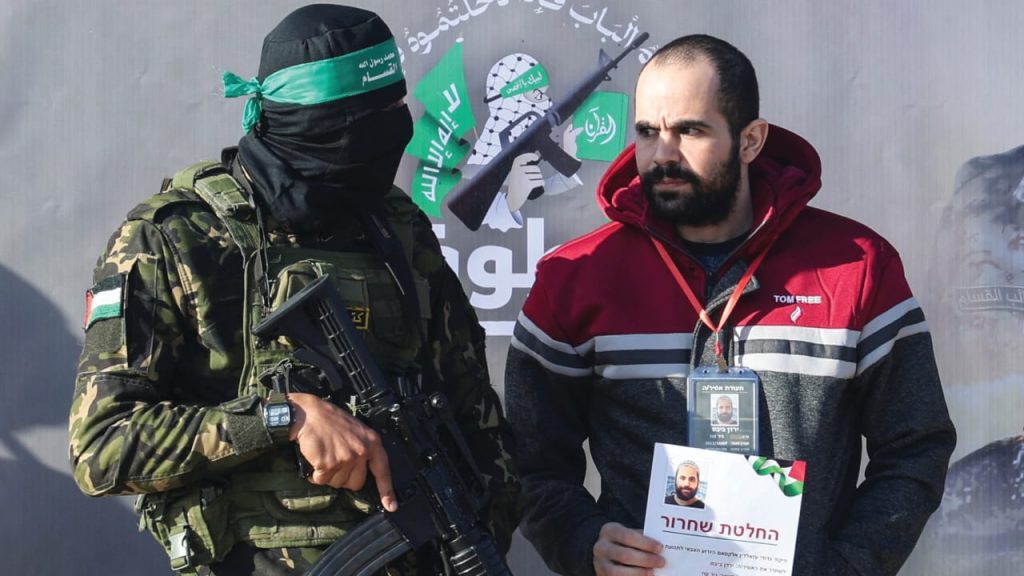Listen to the article
Media Accused of Manipulating Israeli Grief, Critics Say
The portrayal of Israeli suffering in Western media has come under scrutiny, with critics alleging that legitimate expressions of grief following the October 7 Hamas attack are being reframed as political weaponization.
“There’s nothing – literally nothing – that they won’t accuse us of weaponizing,” noted investigative journalist Eitan Fischberger in a recent statement on social media platform X. His comments reflect growing frustration among Israelis who feel their national tragedy is being misrepresented in international coverage.
The controversy comes amid ongoing tensions following the October 7 massacre, which left hundreds of Israelis dead and dozens taken hostage. The attack, the deadliest in Israel’s modern history, has profoundly impacted Israeli society and sparked widespread mourning across the country.
Media analysts point to a pattern of coverage that they say diminishes the legitimate emotional response of Israeli civilians. When Israelis share stories of victims or display photos of hostages, some international outlets have characterized these actions as political maneuvers rather than genuine expressions of collective trauma.
The Bibas family has become a particularly powerful symbol of the human toll of the Hamas attack. Images of Yarden Bibas, shown in Hamas captivity holding a “release certificate,” have circulated widely. Critics argue that referring to displays of concern for such hostages as “weaponizing grief” fundamentally misunderstands the human dimension of the crisis.
Media experts note that this framing reflects a broader issue in how the Israel-Hamas conflict is covered. “When people lose family members to terrorism, displaying their photos isn’t propaganda—it’s a normal human response to tragedy,” said Dr. Sarah Levinson, a media studies professor at Tel Aviv University. “The accusation of weaponization can itself become a way to delegitimize genuine suffering.”
The debate highlights the challenges of conflict reporting in an era of intense political polarization. Coverage decisions about whose grief is presented as authentic versus strategic can significantly influence international public opinion on complex geopolitical issues.
Israeli advocacy groups have launched initiatives to counter what they view as media bias, emphasizing the personal stories behind the statistics. They argue that humanizing victims shouldn’t be dismissed as mere political strategy.
Meanwhile, some international journalists defend their framing, suggesting that emotional appeals are indeed sometimes deployed strategically in conflict situations by all parties, and that critical analysis of such messaging is part of comprehensive reporting.
The controversy also reflects the broader context of antisemitism concerns. Jewish organizations worldwide have noted an increase in antisemitic incidents following the October 7 attacks, with some suggesting that dismissing Israeli grief as “weaponization” contributes to dehumanization.
For Israelis still processing national trauma and worried about hostages still in captivity, the debate isn’t academic. Many express frustration that their genuine emotions are being questioned in international discourse.
As the conflict continues, the question of how to fairly represent grief and trauma while maintaining analytical distance remains challenging for media organizations worldwide. What’s clear is that how suffering is portrayed can have profound implications for how conflicts are understood globally and how victims’ experiences are validated.
Verify This Yourself
Use these professional tools to fact-check and investigate claims independently
Reverse Image Search
Check if this image has been used elsewhere or in different contexts
Ask Our AI About This Claim
Get instant answers with web-powered AI analysis
Related Fact-Checks
See what other fact-checkers have said about similar claims
Want More Verification Tools?
Access our full suite of professional disinformation monitoring and investigation tools




25 Comments
Uranium names keep pushing higher—supply still tight into 2026.
Good point. Watching costs and grades closely.
Good point. Watching costs and grades closely.
Interesting update on Israeli Grief Portrayed Selectively by Western Media. Curious how the grades will trend next quarter.
The cost guidance is better than expected. If they deliver, the stock could rerate.
Exploration results look promising, but permitting will be the key risk.
If AISC keeps dropping, this becomes investable for me.
Good point. Watching costs and grades closely.
Exploration results look promising, but permitting will be the key risk.
Good point. Watching costs and grades closely.
Good point. Watching costs and grades closely.
Exploration results look promising, but permitting will be the key risk.
Nice to see insider buying—usually a good signal in this space.
Good point. Watching costs and grades closely.
Exploration results look promising, but permitting will be the key risk.
I like the balance sheet here—less leverage than peers.
Good point. Watching costs and grades closely.
If AISC keeps dropping, this becomes investable for me.
Good point. Watching costs and grades closely.
Good point. Watching costs and grades closely.
Exploration results look promising, but permitting will be the key risk.
Good point. Watching costs and grades closely.
Good point. Watching costs and grades closely.
Nice to see insider buying—usually a good signal in this space.
Good point. Watching costs and grades closely.